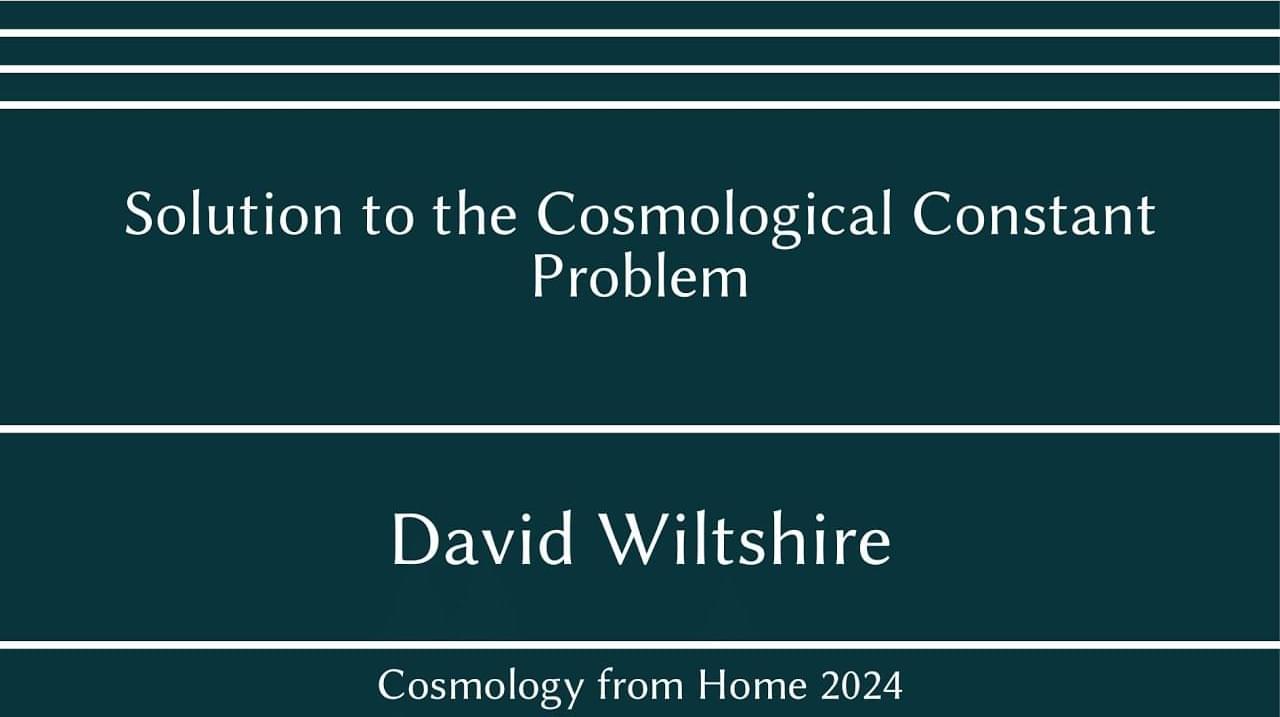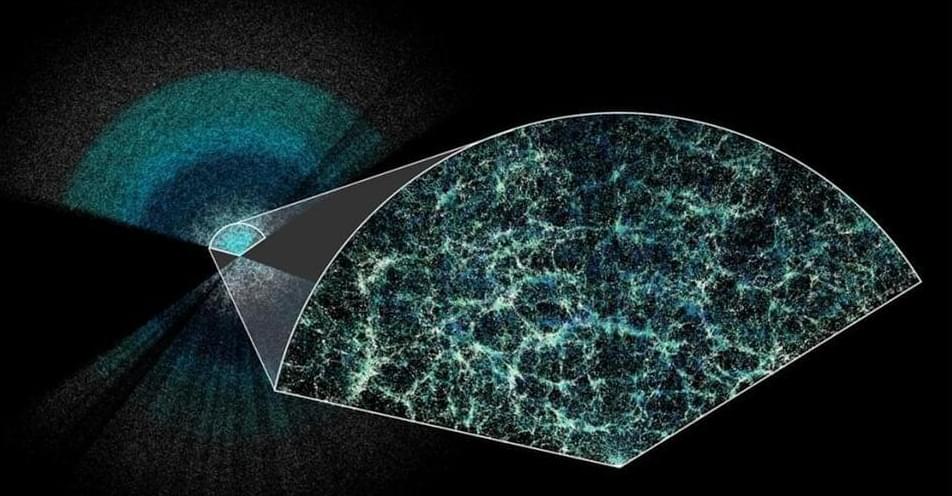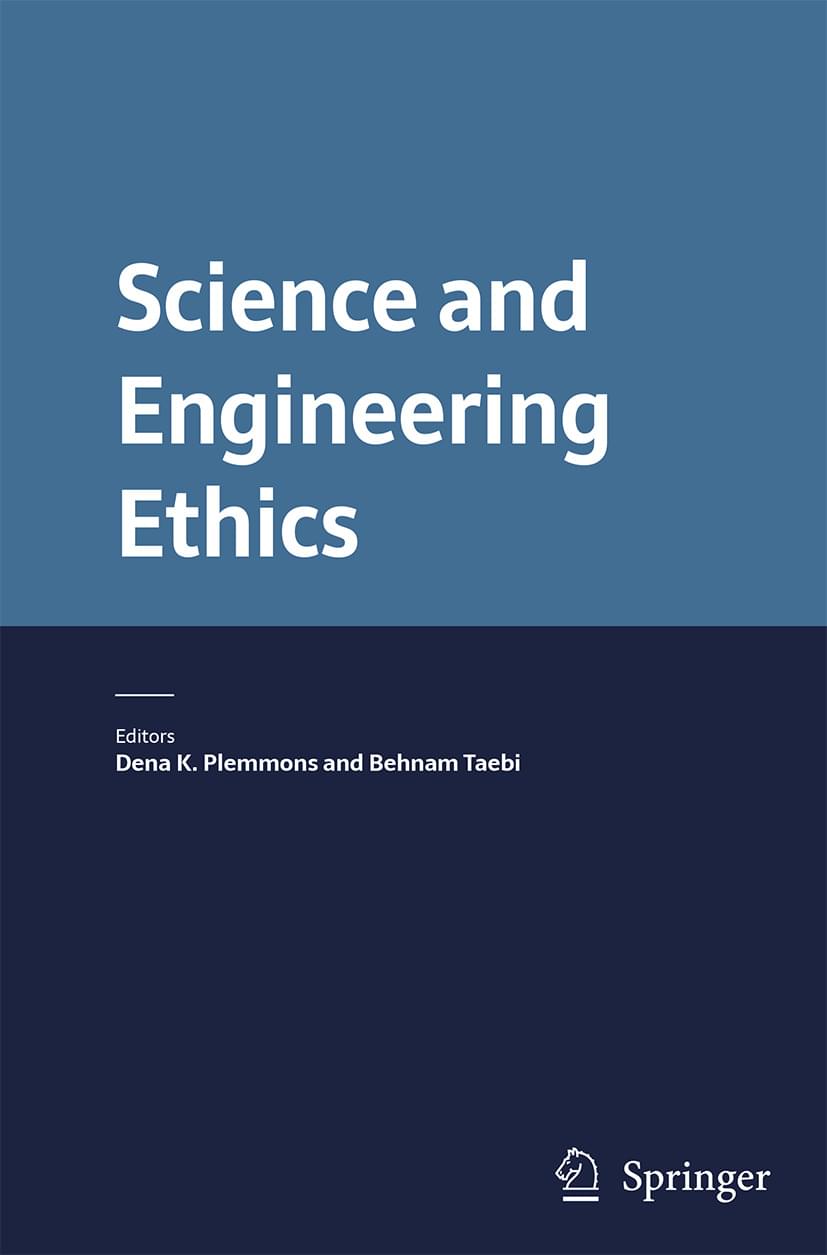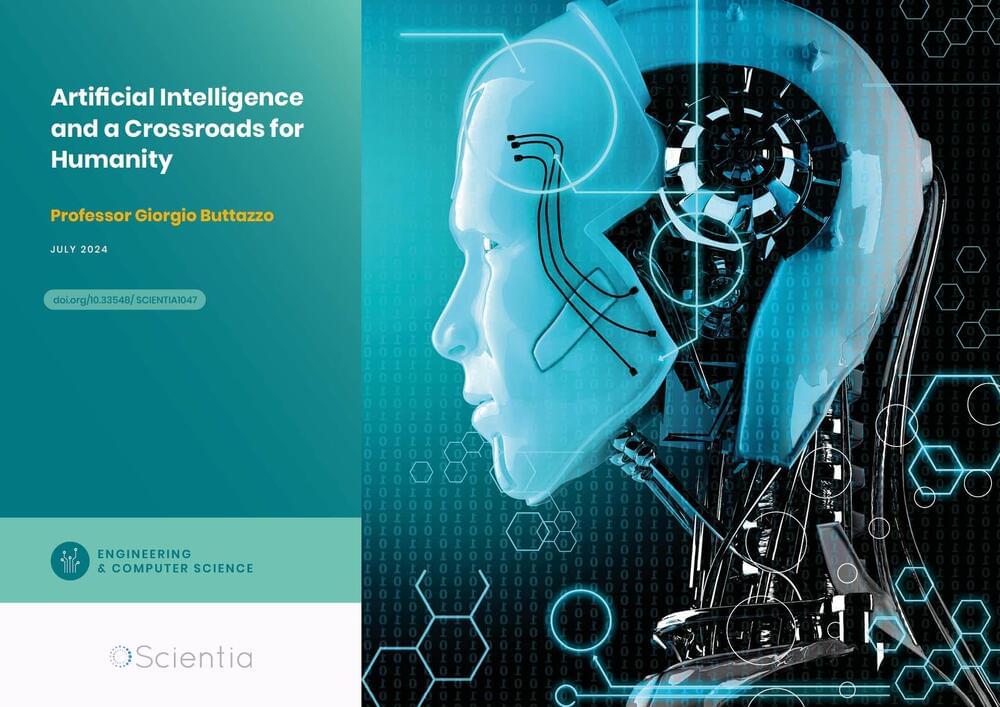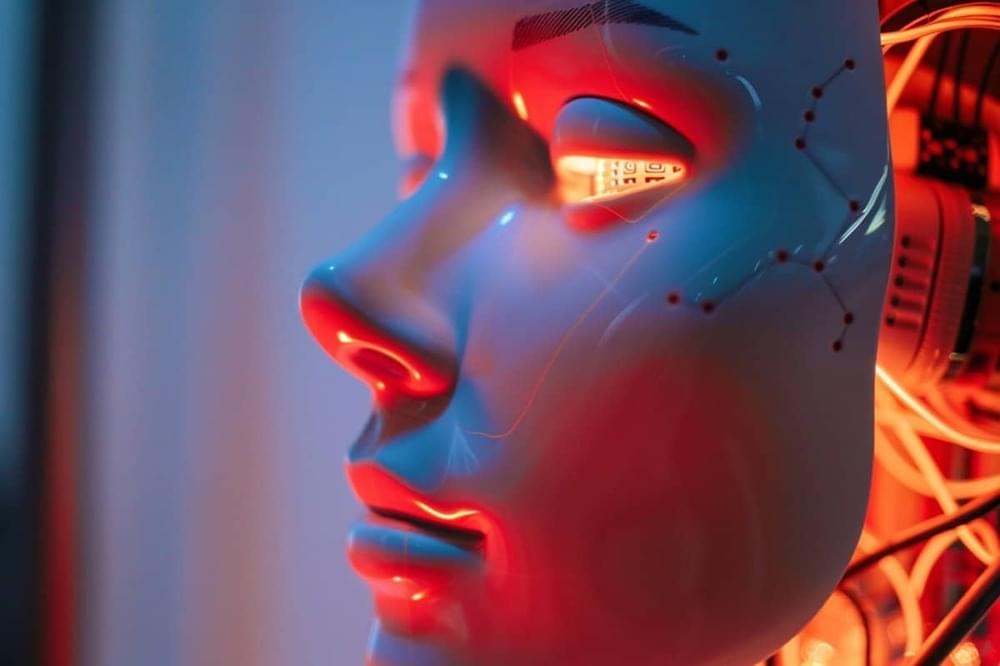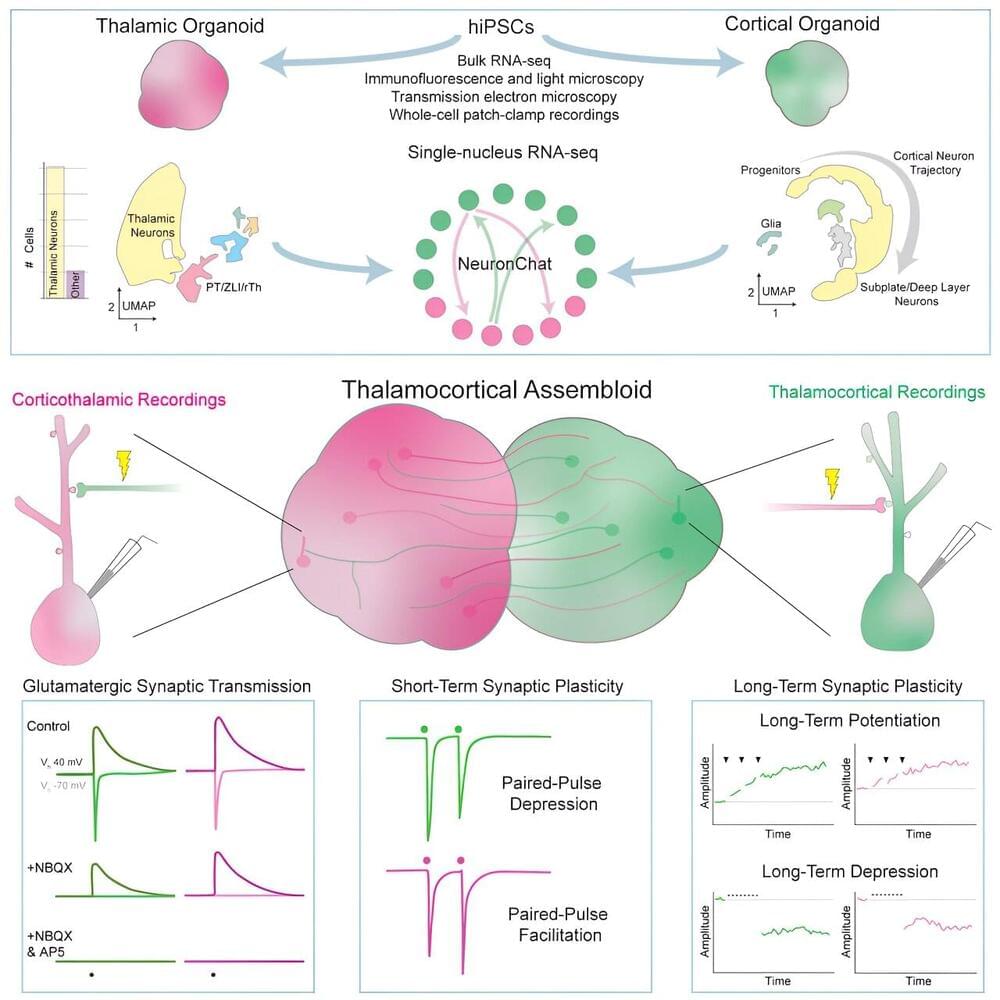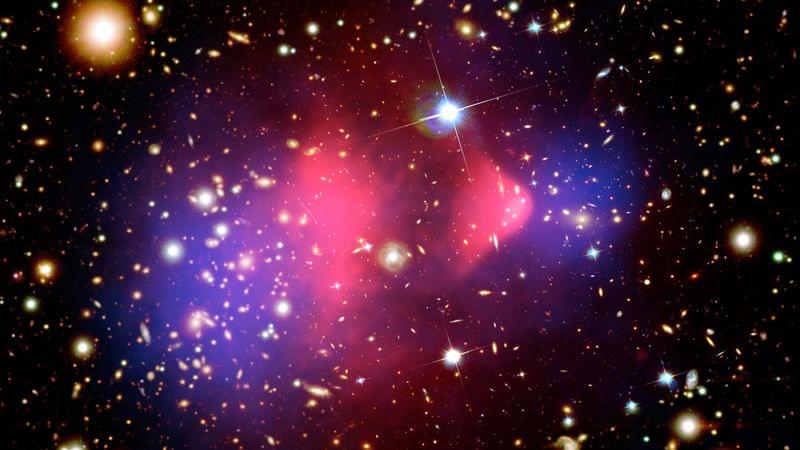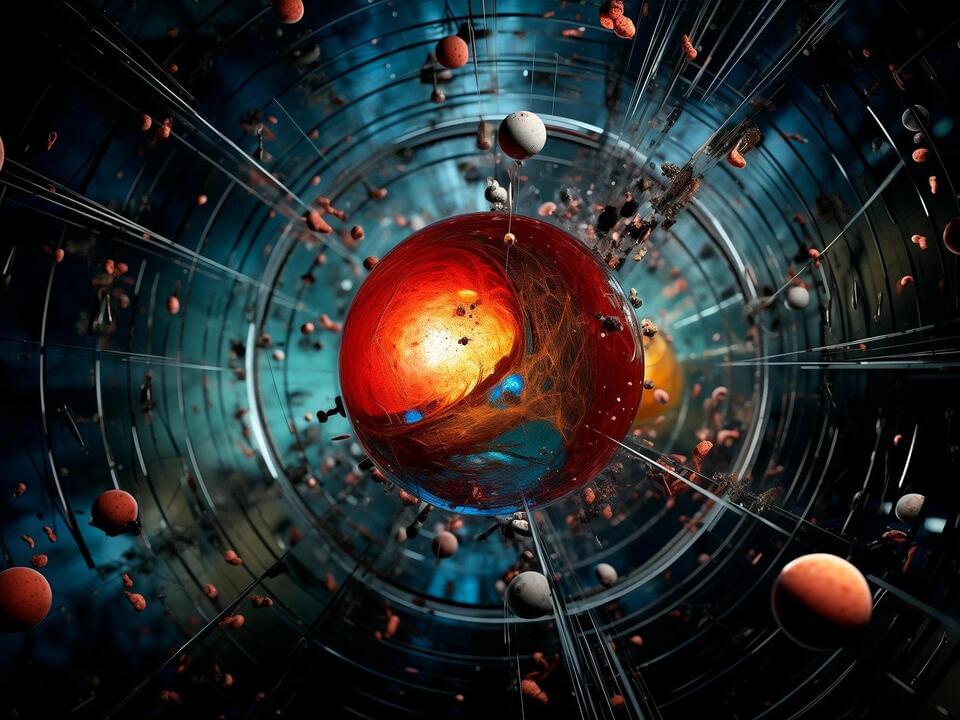Page 241
Jul 21, 2024
We are seeing a sign that dark energy is not a cosmological constant
Posted by Dan Breeden in categories: cosmology, quantum physics
Image: Custom colormap package by cmastro; Claire Lamman / DESI collaboration On April 4, 2024, the Dark Energy Spectroscopic Instrument (DESI), a collaboration of more than 900 researchers from over 70 institutions around the world, announced that they have made the most precise measurement of the expansion of the universe and its acceleration.
Jul 21, 2024
The Donation of Human Biological Material for Brain Organoid Research: The Problems of Consciousness and Consent
Posted by Dan Breeden in categories: biotech/medical, ethics, neuroscience
Human brain organoids are three-dimensional masses of tissues derived from human stem cells that partially recapitulate the characteristics of the human brain. They have promising applications in many fields, from basic research to applied medicine. However, ethical concerns have been raised regarding the use of human brain organoids. These concerns primarily relate to the possibility that brain organoids may become conscious in the future. This possibility is associated with uncertainties about whether and in what sense brain organoids could have consciousness and what the moral significance of that would be. These uncertainties raise further concerns regarding consent from stem cell donors who may not be sufficiently informed to provide valid consent to the use of their donated cells in human brain organoid research.
Jul 21, 2024
Professor Javad Shabani on the future of quantum computing
Posted by Dan Breeden in categories: computing, quantum physics
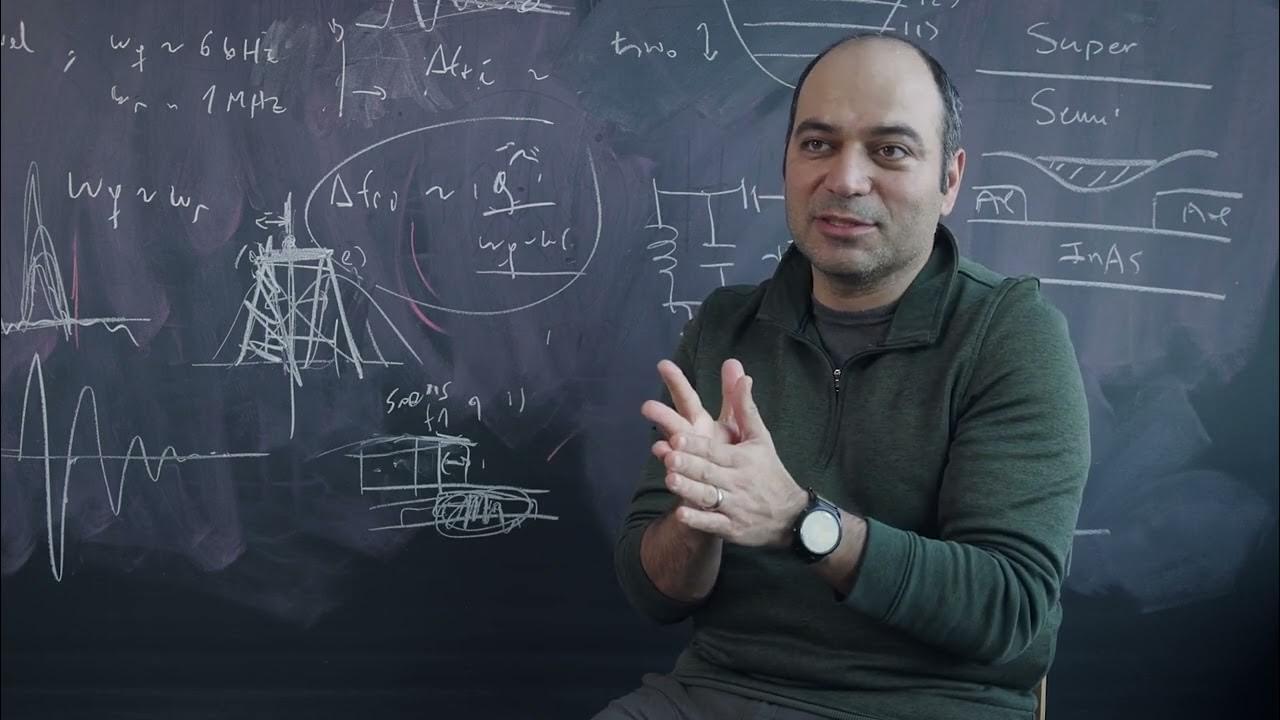
Javad Shabani is an Associate Professor of Physics and the Director of the Center of Quantum Information Physics. Shabani seeks to investigate quantum technology, the future of quantum computing, and quantum sensing applications.
Visit the Shabani Lab: http://shabanilab.com/
Continue reading “Professor Javad Shabani on the future of quantum computing” »
Jul 21, 2024
Professor Giorgio Buttazzo
Posted by Dan Breeden in categories: employment, robotics/AI
Where do we stand with artificial intelligence? Might machines take over our jobs? Can machines become conscious? Might we be harmed by robots? What is the future of humanity? Professor Giorgio Buttazzo of Scuola Superiore Sant’Anna is an expert in artificial intelligence and neural networks. In a recent publication, he provides considered insights into some of the most pressing questions surrounding artificial intelligence and humanity.
A Brief History of Neural Networks and Deep Learning
In artificial intelligence (AI), computers can be taught to process data using neuron-like computing systems inspired by the mechanisms used by the human brain. These so-called neural networks represent a type of machine learning (‘deep learning’) in which interconnected nodes or neurons are able to adapt and learn from data to recognise patterns and solve complex problems.
Jul 21, 2024
10 Emerging Technologies That Will Change Our World (Forever)
Posted by Dan Breeden in category: futurism
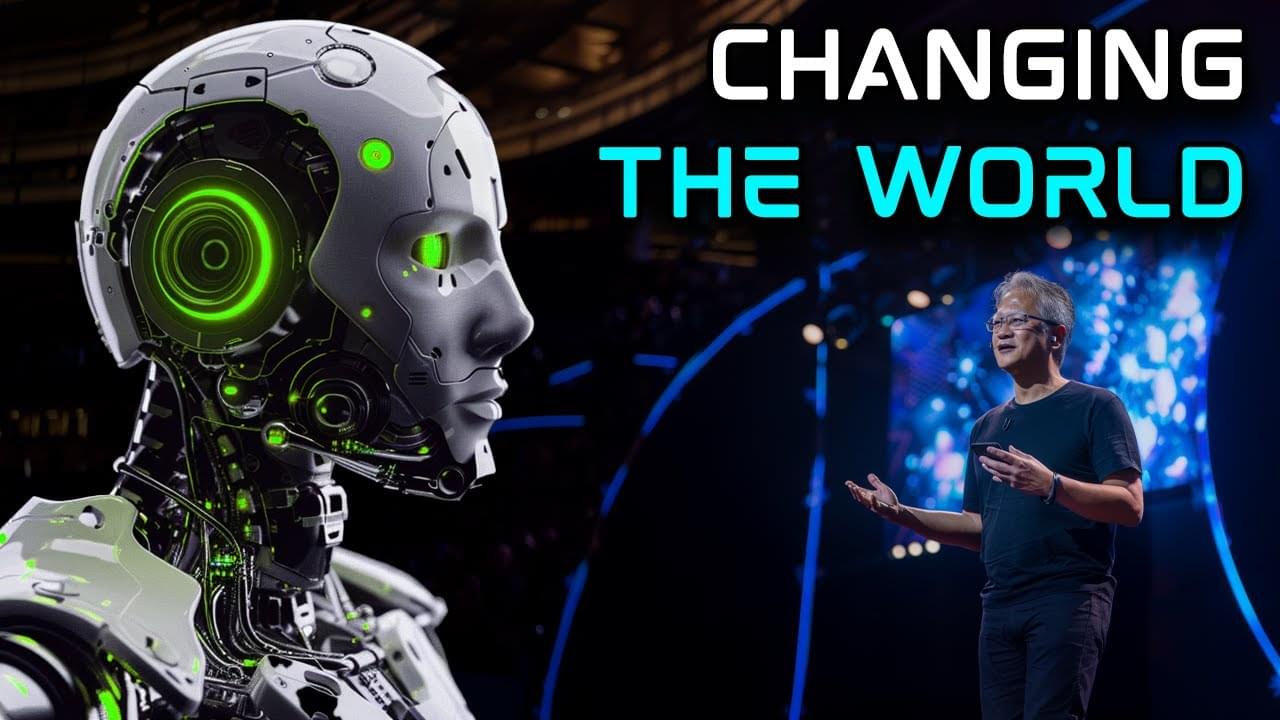
Are you ready to explore the technologies that will shape our future? In this video, we’ll dive…
Jul 21, 2024
Consciousness in AI: Distinguishing Reality from Simulation
Posted by Dan Breeden in category: robotics/AI
A new study examines the possibility of consciousness in artificial systems, focusing on ruling out scenarios where AI appears conscious without actually being so.
Jul 21, 2024
Lab-grown human neuron assembloids effectively model synaptic plasticity
Posted by Dan Breeden in categories: biotech/medical, neuroscience
The ability to study human neurological systems depends on having viable, accurate models of brain function. St. Jude researchers have now created a model for such research by combining thalamic cells and cortical cells derived from human induced pluripotent stem cells.
The thalamocortical system mediates multiple sensory and cognitive processes, such as perception, learning and memory. The researchers developed a model of a primitive human thalamocortical system by maintaining thalamic and cortical cell masses known as organoids in close proximity in a culture dish.
In this model, the neurons in both organoids develop and grow long-ranging processes (axons) that extend to the opposite organoid and form functional connections (synapses). The researchers determined that when these synapses are stimulated, they undergo long-term strengthening and weakening of their electrical signals, which is the hallmark of synaptic plasticity, a process that underlies certain forms of learning and memory.
Jul 21, 2024
Scientists may have found an answer to the mystery of dark matter. It involves an unexpected byproduct
Posted by Dan Breeden in category: cosmology
Scientists studying the earliest black holes may have found an explanation for dark matter, putting Stephen Hawking’s theory on the subject back into the spotlight.
Jul 21, 2024
Physicists Just Made a Breakthrough That Could Explain Why We Exist
Posted by Paul Battista in categories: energy, quantum physics
Researchers have successfully measured the quantum structure of radium monofluoride (RaF) using ion-trapping and specialized laser techniques, allowing for the detailed characterization of its rotational energy…
